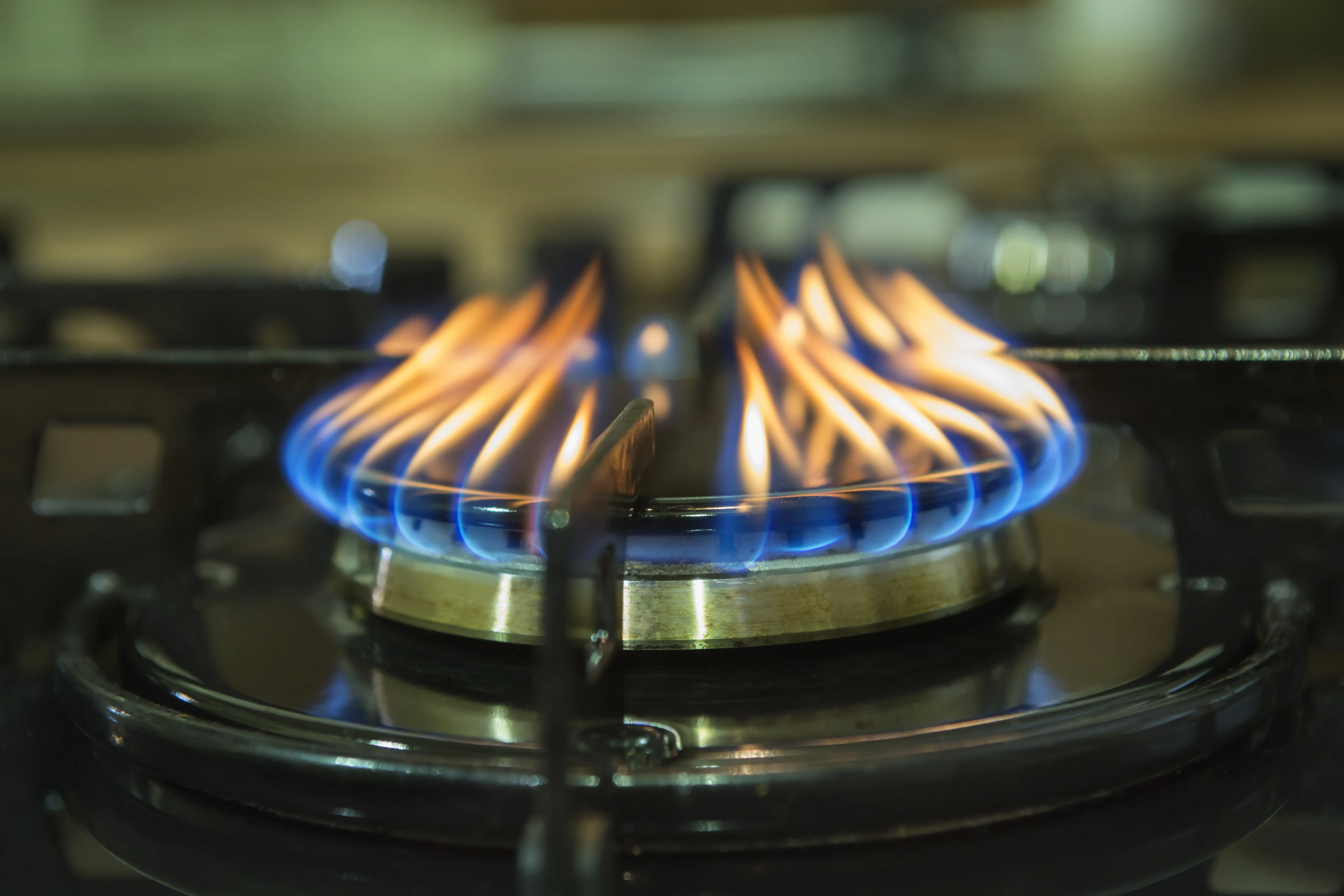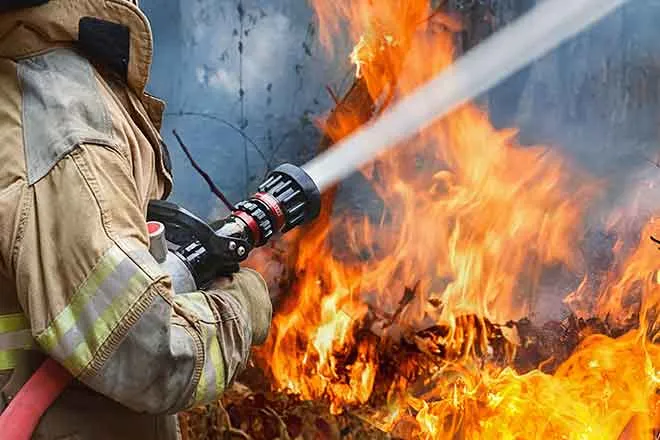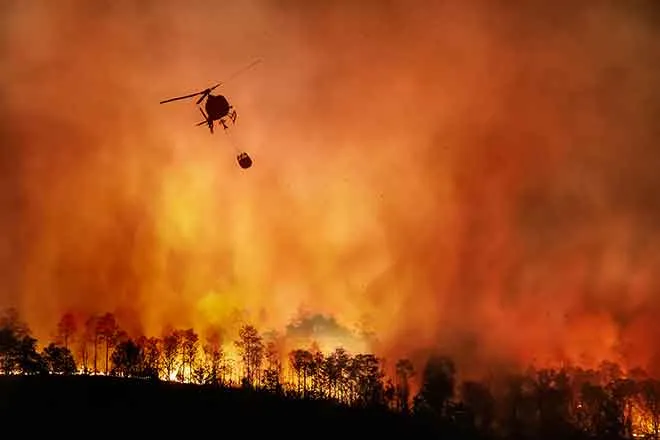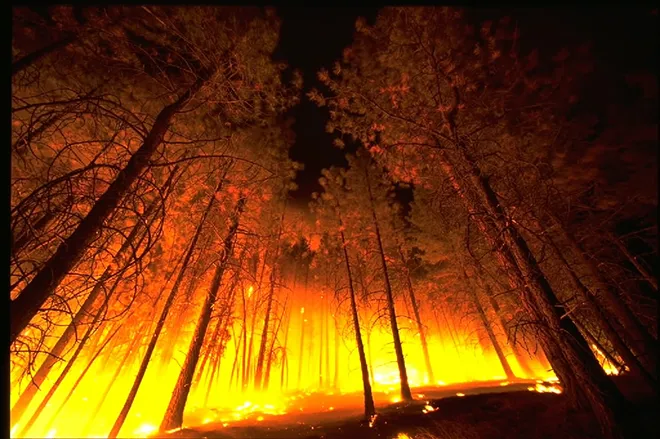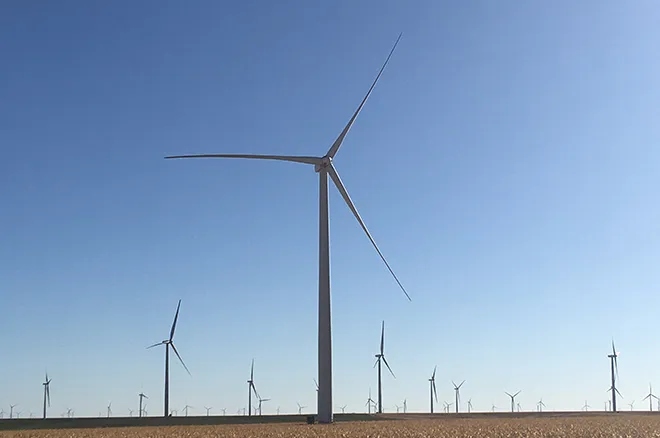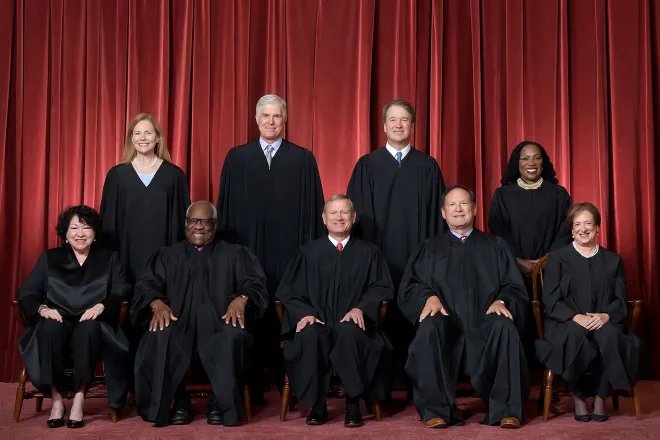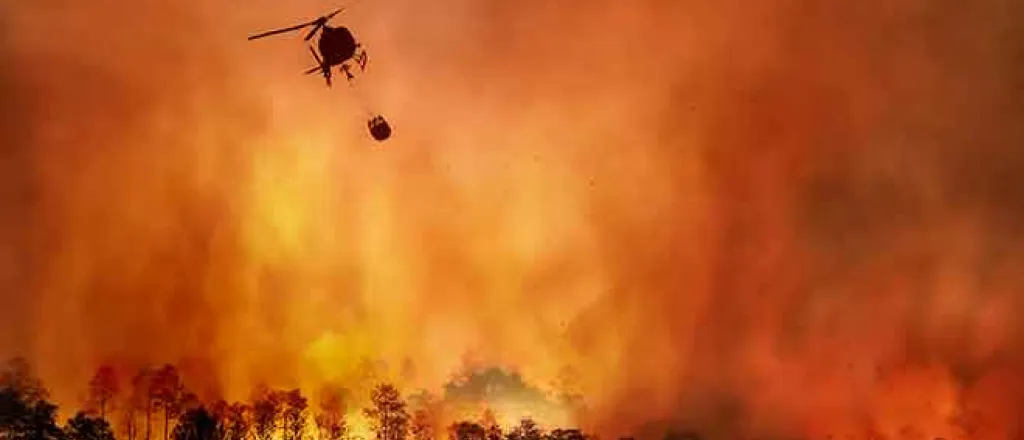
Utilities explain plans to turn off power in high fire risk, a new reality facing New Mexicans
People across New Mexico should increasingly prepare to lose power the next time high winds and dry conditions combine to raise wildfire risk in their communities.
That was the message big and small electrical providers from all corners of New Mexico told the state’s utility regulator during a day-long hearing Thursday in Santa Fe. The New Mexico Public Regulation Commission held its first of four workshops, stemming out of the historic 2022 wildfire season, focused primarily on “public safety power shutoffs.”
Citing increased fire risk and also the specter of bankruptcy from class-action lawsuits, investor-owned utilities and small cooperatives said shutting off power when conditions require it is a crucial way to protect utilities and, therefore, ratepayers from huge expenses related to wildfires.
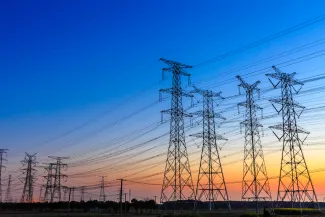
© zhaojiankang - iStock-802436842
PNM, the state’s biggest electrical provider, did its first-ever power shutoff April 17 in Las Vegas, citing high winds and ongoing drought. The power shutoff affected about 2,300 customers and occurred during a particularly windy day in the Northern New Mexico town of about 12,000 people.
PRC commissioners sought to hear from utilities and state and local officials about the toll of recent wildfires, their criteria for future shutoffs and also how they’re approaching communicating with local governments and the public.
“These disasters not only cause massive losses for people and businesses, but for utilities as well,” PRC chair Gabriel Aguilera said in his opening remarks. “We’ve increasingly seen utilities facing lawsuits with insurance companies covering only a fraction of the damages, or in some cases, none at all.”
Speakers presented on behalf of small cooperatives in Mora, San Miguel and Taos Counties, as well as investor-owned utilities like PNM and SPS.
PNM is currently facing a lawsuit from hundreds of victims of the McBride Fire in Ruidoso in 2022. A tree falling into one of PNM’s utility lines caused that fire, though the parties disagree on whether it was a result of the utility’s negligence.
Singleton Schreiber, one of the nation’s biggest law firms bringing wildfire lawsuits, alleges the utility and its contractor negligently allowed the tree to be tall enough and close enough to the power line to cause a fire on a windy day.
PNM has denied any liability, citing public reports that said a “tree spanning approximately 50 feet tall that was outside of our right-of-way had contacted a powerline due to unanticipated wind gusts of over 90 miles per hour,” spokesperson Eric Chavez has said.
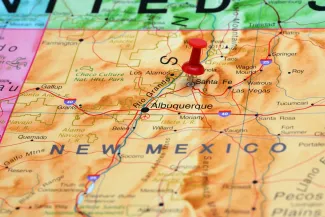
Before the McBride Fire lawsuit, the Jemez Mountain Electrical Cooperative ultimately had to pay $25 million for its role in the 2011 Las Conchas Fire. It sought rate hikes to cover the cost and also could only get between$2 million and $3 million in insurance coverage afterward.
It’s not just small cooperatives that face existential lawsuits for wildfires: Major utility PG&E filed for bankruptcy after being implicated in a series of fires in California in 2017 and 2018, ultimately being ordered to pay a $13.5 billion settlement.
The Legislature this year considered, but ultimately didn’t pass, a bill that would have limited liability to electrical cooperatives to $2 million, so long as the PRC approved a wildfire mitigation plan the utility provided in advance.
Cutting off power to prevent a wildfire carries its own costs. In Las Vegas, some families with elderly or sick relatives who relied on electric medical equipment had to scramble to find alternate power sources. And during the Hermits Peak-Calf Canyon Fire, long power outages meant many people in rural areas lost stores of food in their garage freezers.
Henri Hammond-Paul, Santa Fe’s director of community health and safety, said at the meeting that utilities need to communicate with local officials and the public as much as possible, including warnings well in advance of a shutoff. He noted that the cost of closing Santa Fe schools, in particular, due to a pre-emptive power shutoff could mean 16,000 students going without lunch.
“I understand that there is a lot of liability on utilities. There is a different type of liability and risk for cities, because even if we’re not the ones who are going to be sued, necessarily, for an incident, we are accountable and we are seen as responsible,” he said.
The PRC workshop was only to spur dialogue on the multi-faceted issue of the power shutoffs, members said, though Aguilera suggested the commission was considering crafting a rule that could require standards, public notice timelines and, “at a high level, minimum requirements” for utilities before they shut power off.
Watch the six-hour special PRC meeting here. The next three workshops are scheduled for July 17, September 15 and October 23.

